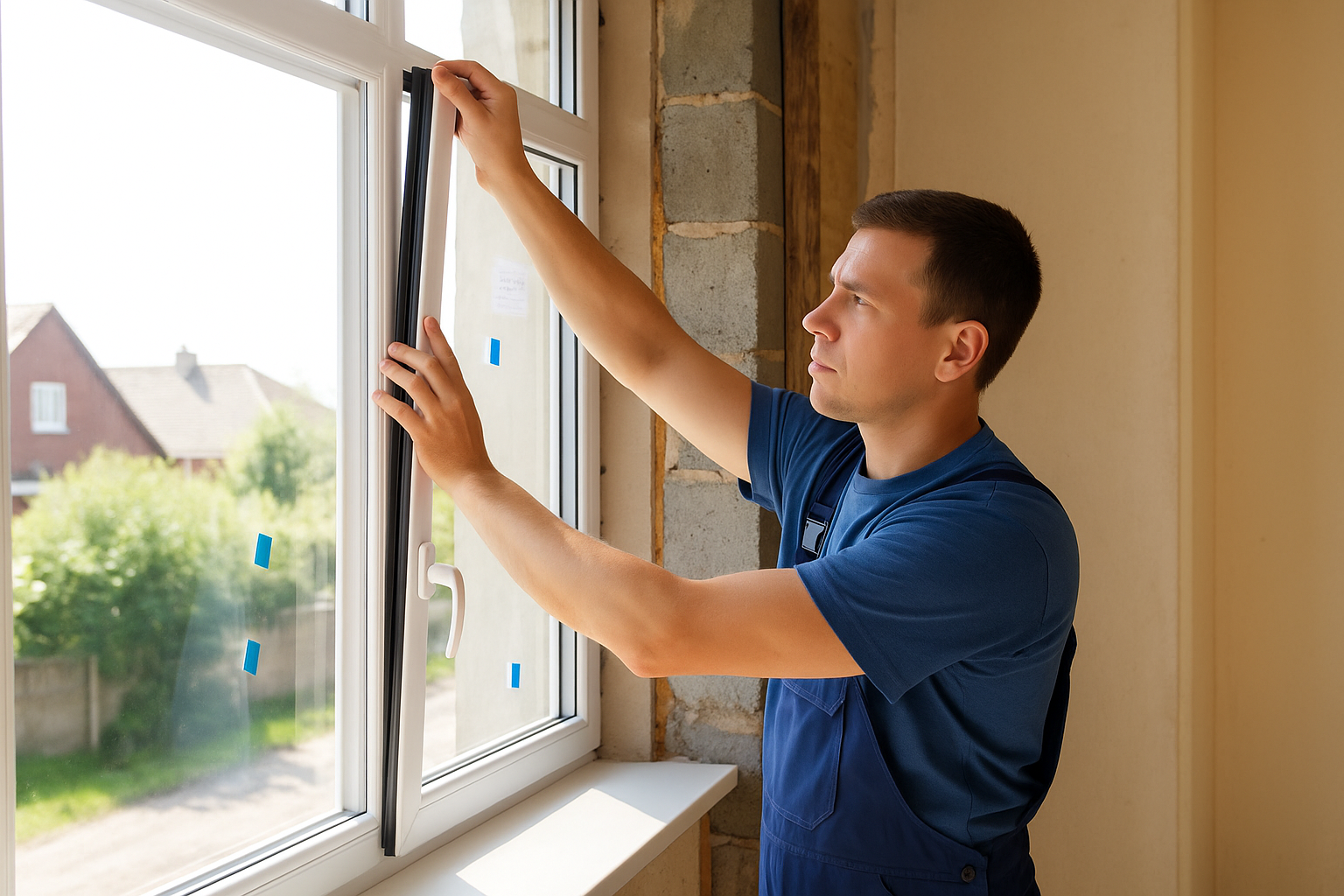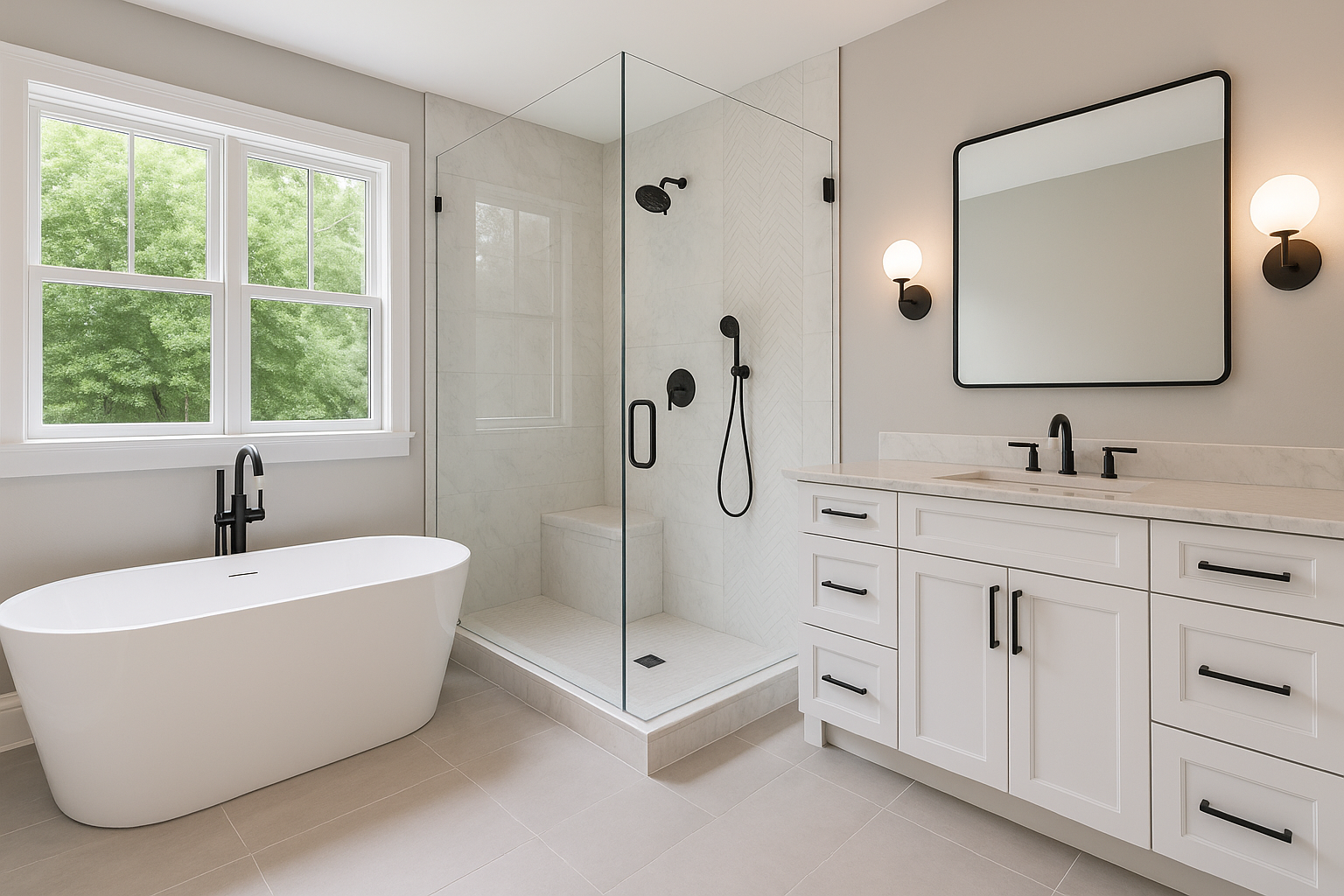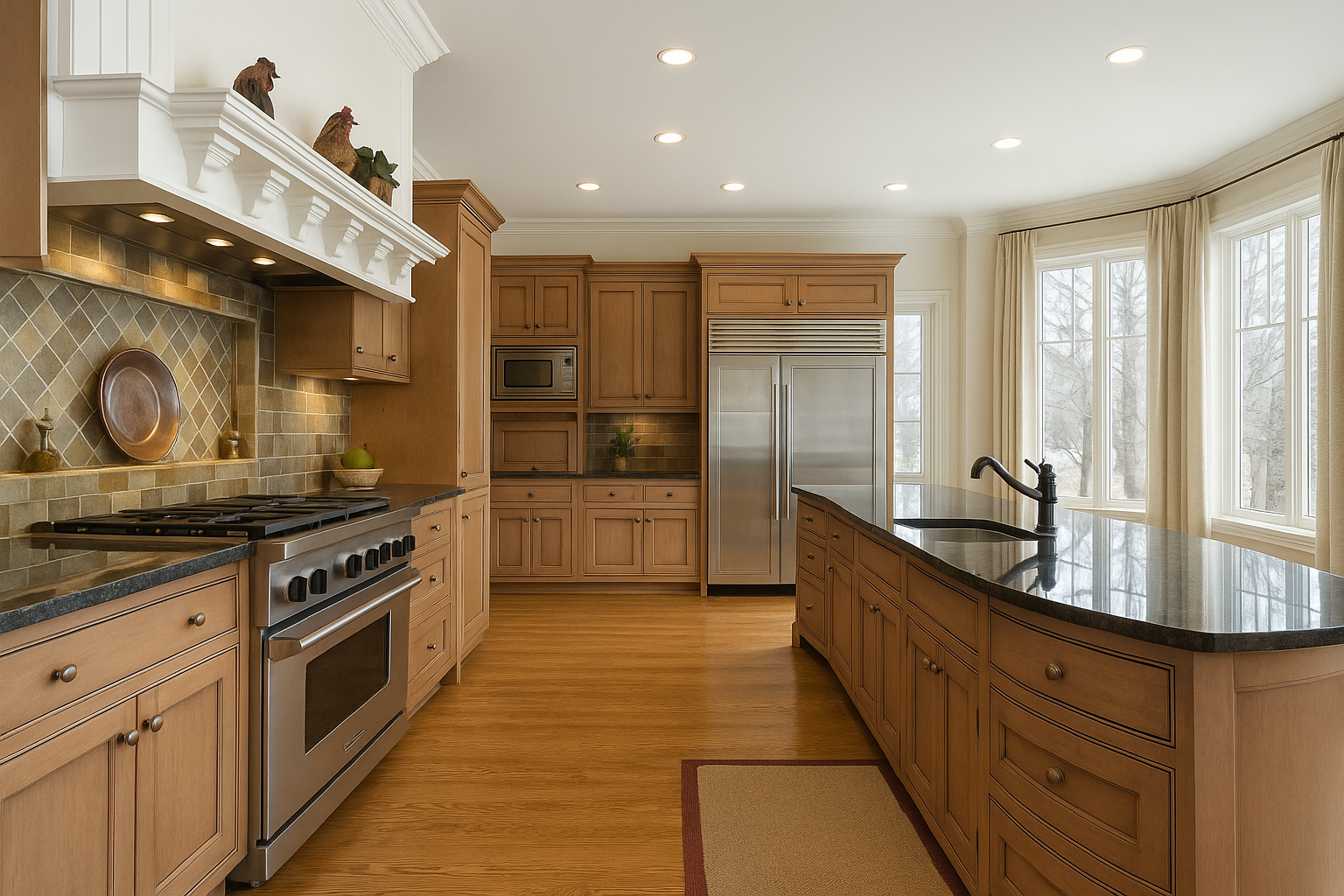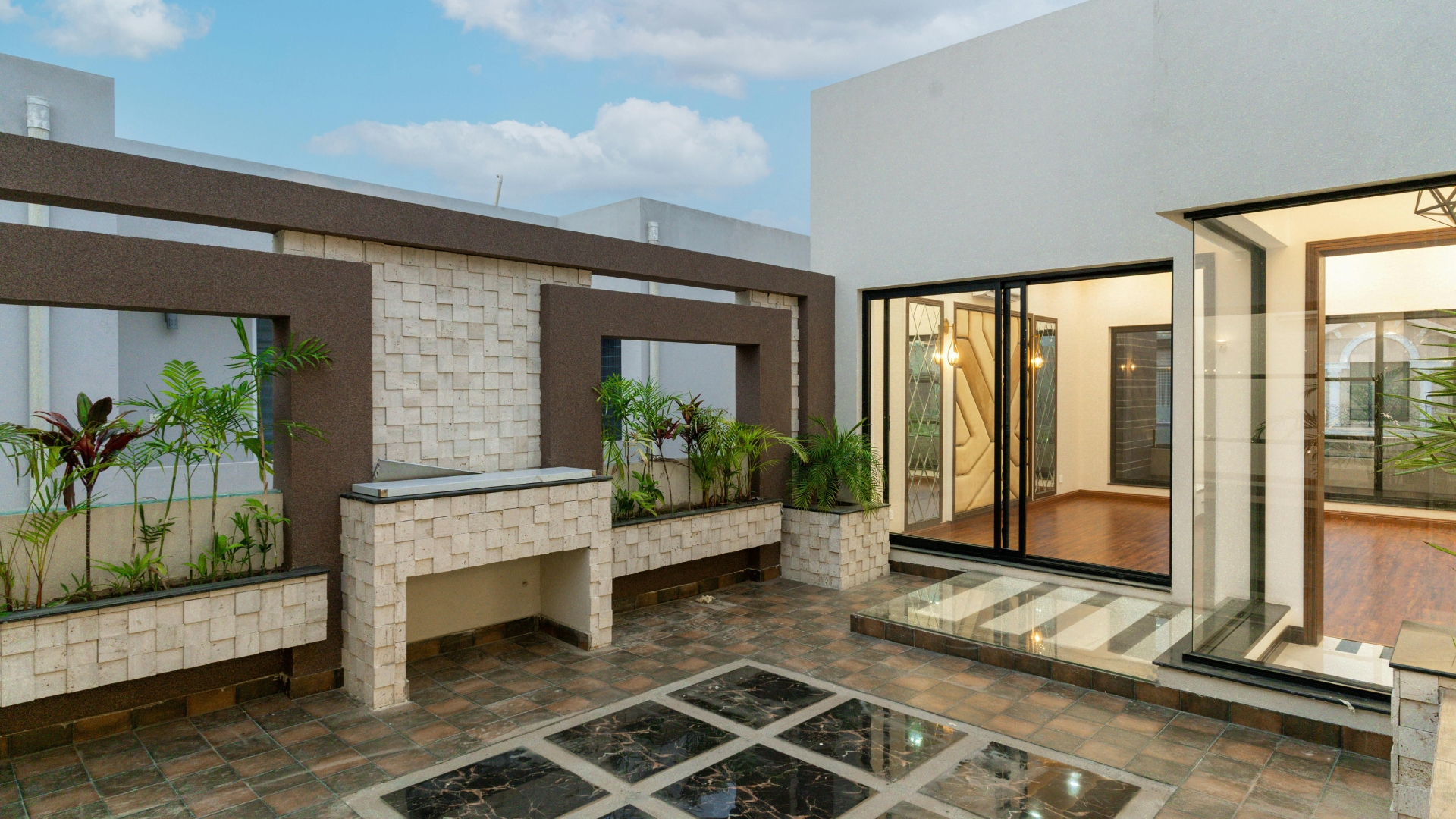Modern energy-efficient windows can reduce your heating and cooling costs by up to 40% while dramatically improving comfort, reducing noise, and increasing your home's value.
Introduction: The Hidden Cost of Inefficient Windows
If your home was built more than 15 years ago, your windows are likely costing you hundreds or even thousands of dollars annually in wasted energy. Old, inefficient windows can account for 25-30% of your home's heating and cooling costs, making them one of the biggest culprits in high utility bills.
The good news is that window technology has advanced dramatically in recent years. Today's energy-efficient windows can reduce energy costs by 20-40% while providing superior comfort, noise reduction, and home value enhancement. Understanding how these windows work and their benefits can help you make an informed decision about this important home investment. If you're planning a kitchen renovation, consider how new windows can complement your kitchen remodel for maximum impact.
Understanding Window Energy Efficiency Ratings
Before diving into the benefits, it's important to understand how window energy efficiency is measured. The National Fenestration Rating Council (NFRC) provides standardized ratings that help consumers compare window performance.
Key Energy Efficiency Ratings:
- U-Factor (0.20-1.20): Measures heat transfer rate - lower numbers mean better insulation
- Solar Heat Gain Coefficient (SHGC) (0-1): Measures solar radiation admitted - lower numbers block more heat
- Visible Transmittance (VT) (0-1): Measures visible light transmission - higher numbers let in more light
- Air Leakage (AL): Measures air infiltration - lower numbers mean less air leakage
For most climates, look for windows with a U-Factor of 0.30 or less and an SHGC of 0.30 or less. In colder climates, you may want a slightly higher SHGC to take advantage of solar heat gain during winter months.
How Energy-Efficient Windows Save Money
Energy-efficient windows reduce utility costs through multiple mechanisms that work together to minimize energy loss and optimize indoor climate control.
Reduced Heat Transfer
Modern windows use advanced technologies to minimize heat transfer between indoor and outdoor environments:
- Multiple panes: Double or triple-pane glass creates insulating air spaces
- Low-E coatings: Microscopically thin metallic coatings reflect heat while allowing light
- Gas fills: Argon or krypton gas between panes provides better insulation than air
- Insulated frames: Advanced frame materials prevent thermal bridging
Improved HVAC Efficiency
When windows prevent heat loss and gain, your heating and cooling systems don't have to work as hard, leading to:
- Reduced runtime and energy consumption
- Extended equipment lifespan
- More consistent indoor temperatures
- Lower peak demand charges on utility bills
Real-World Energy Savings
The actual savings you'll see depend on several factors, but typical homeowners can expect significant reductions in their utility bills.
Average Annual Savings by Home Type:
- Single-family home (2,000 sq ft): $200-600 per year
- Older home (pre-1980): $400-1,200 per year
- Homes with single-pane windows: $300-800 per year
- Climate-specific savings: Higher in extreme hot or cold climates
In addition to direct energy savings, energy-efficient windows often qualify for utility rebates and tax credits, further reducing the net cost of installation.
Beyond Energy Savings: Additional Benefits
While energy savings are significant, energy-efficient windows provide numerous other benefits that enhance comfort and home value.
Improved Comfort
- Eliminated cold drafts: Better sealing prevents air infiltration
- Reduced hot spots: Low-E coatings prevent radiant heat transfer
- More consistent temperatures: Throughout the home, room to room
- Reduced humidity issues: Better temperature control means better moisture management
Noise Reduction
Multiple panes and improved sealing significantly reduce outdoor noise transmission, creating a quieter, more peaceful indoor environment. This is especially valuable for homes near busy streets, airports, or other noise sources.
UV Protection
Low-E coatings block up to 99% of harmful UV rays, protecting:
- Furniture and flooring from fading
- Artwork and textiles from sun damage
- Your family's skin from UV exposure indoors
Increased Home Value
Energy-efficient windows typically provide an 80-90% return on investment when selling your home. They're particularly attractive to buyers because:
- Lower operating costs are immediately apparent
- Modern appearance enhances curb appeal
- Improved comfort is noticeable during home tours
- Many buyers specifically seek energy-efficient features
Types of Energy-Efficient Window Technologies
Understanding the different technologies available helps you choose the right windows for your specific needs and climate.
Frame Materials
- Vinyl: Excellent insulation, low maintenance, cost-effective
- Fiberglass: Superior durability, minimal expansion/contraction, premium option
- Wood-clad: Traditional aesthetics with modern performance
- Aluminum thermal break: Sleek appearance with improved insulation
Glazing Options
- Double-pane: Standard for most applications, good performance
- Triple-pane: Maximum insulation, ideal for extreme climates
- Low-E coatings: Various formulations for different climates
- Spectrally selective: Advanced coatings that maximize light while minimizing heat
Choosing the Right Windows for Your Climate
The best energy-efficient windows vary by geographic location and local climate conditions.
Cold Climates (Northern States)
- Focus on minimizing heat loss (low U-Factor)
- Consider moderate SHGC to capture winter solar gain
- Triple-pane windows may be cost-effective
- Insulated frames are critical
Hot Climates (Southern States)
- Prioritize solar heat gain control (low SHGC)
- Low-E coatings on surface #2 (room side)
- Consider dynamic glazing for maximum control
- Light-colored frames reduce heat absorption
Mixed Climates (Central States)
- Balance heating and cooling needs
- Moderate SHGC and U-Factor ratings
- Low-E coatings on surface #3 (inner pane, exterior side)
- Consider seasonal adjustability features
Installation and Maintenance Considerations
Proper installation is crucial for achieving the full energy efficiency benefits of new windows. Poor installation can reduce efficiency by 15-20%, negating many of the benefits you paid for.
Professional Installation Benefits
- Proper air sealing and insulation
- Correct flashing and water management
- Warranty protection
- Code compliance assurance
When replacing windows as part of a larger renovation, coordinate with other trades for optimal results. For example, if you're planning a bathroom remodel, consider window replacement to maximize efficiency and avoid future disruption.
Maintenance Requirements
Energy-efficient windows are generally low-maintenance, but some care ensures optimal performance:
- Regular cleaning of glass and frames
- Annual inspection of seals and weatherstripping
- Lubrication of moving parts
- Prompt repair of any damage
Financing and Incentives
Various programs can help offset the cost of energy-efficient window installation.
Available Incentives:
- Federal tax credits: Up to 30% of cost for qualifying windows
- Utility rebates: Local utility companies often offer cash rebates
- State programs: Many states have additional incentive programs
- Financing options: Low-interest loans for energy improvements
Calculating Your Return on Investment
To determine if energy-efficient windows make financial sense for your home, consider:
- Current energy costs: Higher utility bills mean greater savings potential
- Window condition: Older, inefficient windows provide more opportunity for improvement
- Local energy rates: Higher rates increase the value of energy savings
- Available incentives: Rebates and tax credits improve payback periods
- Home value increase: Factor in resale value improvement
Conclusion: A Smart Investment in Comfort and Savings
Energy-efficient windows represent one of the most effective home improvements for reducing utility costs while enhancing comfort and home value. With potential savings of 20-40% on heating and cooling costs, plus additional benefits like noise reduction and UV protection, modern windows typically pay for themselves within 8-12 years while providing decades of improved performance.
Ready to explore energy-efficient window options for your home? Our professional window installation services include energy-efficient options from leading manufacturers. Contact Shepherd Construction for a consultation. Our team can assess your current windows, calculate potential savings, and recommend the best energy-efficient solutions for your specific needs and budget.




